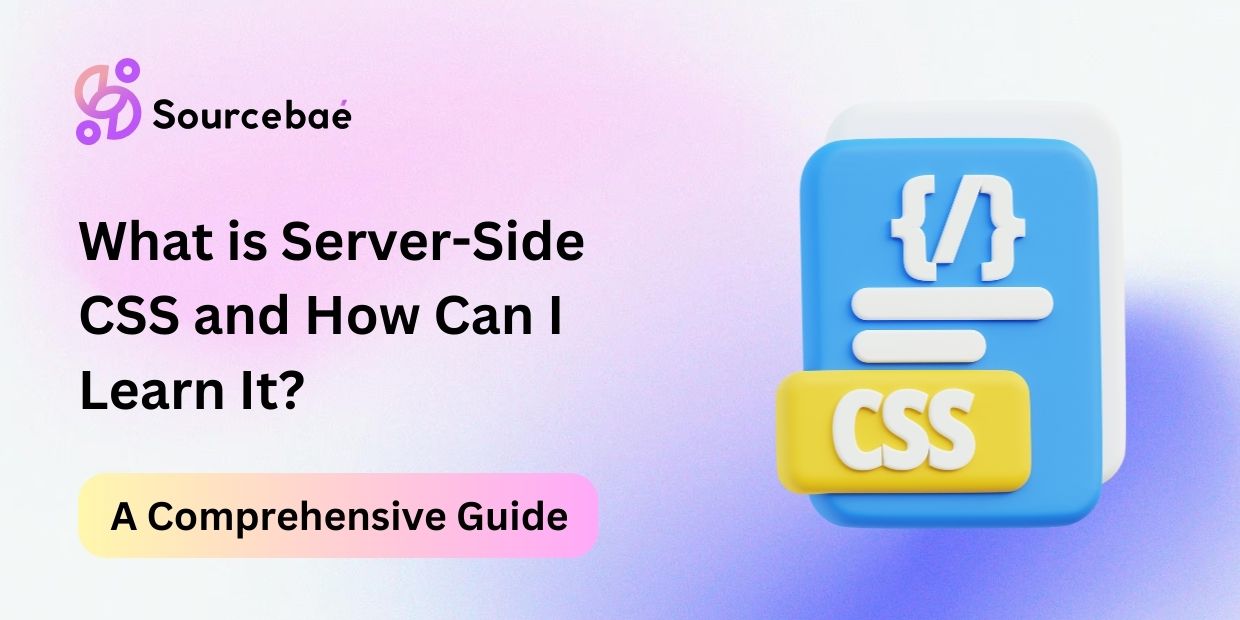Delving into the realm of web development, understanding server-side CSS is a crucial step. This guide aims to demystify server-side CSS, providing a roadmap for learning and mastering this essential aspect of web design.
Unveiling Server-Side CSS
Server-side CSS, or Cascading Style Sheets, refers to the style sheet language responsible for describing the presentation of a document written in a markup language, like HTML. Unlike client-side CSS, which runs in the user’s browser, server-side CSS is processed on the server before the page is delivered to the user. This approach offers advantages in terms of site performance, security, and maintainability.
Exploring the Basics
In the realm of web development, CSS is the cornerstone of styling and designing web pages. It dictates how the content will be presented to the user, encompassing aspects such as layout, colors, fonts, and more.
Server-side CSS, as the name suggests, involves styling that is processed on the server, offering an organized and efficient method to apply styles across a website.
Leveraging LSI Keywords
Understanding server-side CSS involves diving into concepts like preprocessing, server rendering, and efficient handling of styles at the server level. Familiarize yourself with preprocessors like Sass and Less, and explore how server-side rendering can optimize performance.
Getting Started on Your Learning Journey
To master server-side CSS, follow these steps:
1. Understand the Basics of CSS
Lay a strong foundation by learning the fundamentals of CSS, including selectors, properties, and values.
2. Learn HTML
Comprehend the structure of web pages using HTML, the building block for CSS.
3. Familiarize Yourself with Preprocessors
Explore preprocessors like Sass, Less, or Stylus, enhancing the efficiency of CSS development.
4. Study Server-Side Rendering
Grasp the concept of server-side rendering and its role in optimizing website performance.
5. Apply CSS Frameworks
Work with popular CSS frameworks like Bootstrap or Foundation to streamline your CSS development process.
6. Practice Regularly
Engage in consistent practice to reinforce your understanding and improve your CSS skills.
FAQs
Is server-side CSS different from client-side CSS?
Yes, server-side CSS is processed on the server before delivering the webpage, while client-side CSS runs on the user’s browser.
Are there any free resources to learn server-side CSS?
Absolutely! Many online platforms offer free tutorials and documentation to help you learn server-side CSS. Some popular choices include Mozilla Developer Network (MDN), W3Schools, and freeCodeCamp.
Can I use server-side CSS alongside client-side CSS?
Certainly. It’s common to use a combination of server-side and client-side CSS to optimize website performance and styling.
Which preprocessor is better for server-side CSS?
There’s no definitive answer, as it depends on your project and preference. Sass and Less are popular to known for their features and efficiency.
How can server-side CSS improve website performance?
Server-side CSS can enhance performance by reducing the amount of CSS sent to the client, thus optimizing load times and ensuring a faster user experience.
Are there job opportunities for server-side CSS experts?
Yes, mastering server-side CSS opens up job opportunities as a front-end developer, UI/UX designer, or even a full-stack developer.
Conclusion
Embarking on the journey to understand and master server-side CSS is a significant step in the world of web development. Arm yourself with the knowledge of preprocessors, server-side rendering, and CSS frameworks to excel in this field. Stay persistent, keep learning, and let your understanding of server-side CSS pave the way for a successful web development career.






